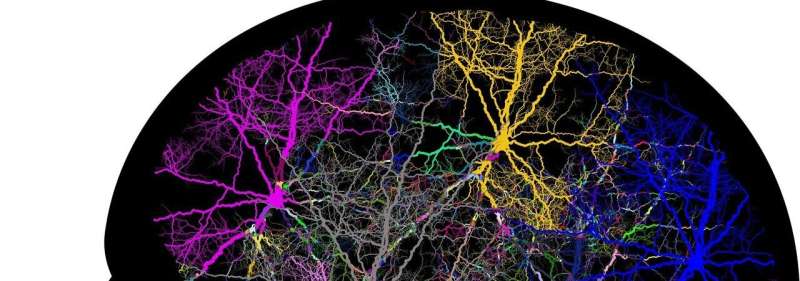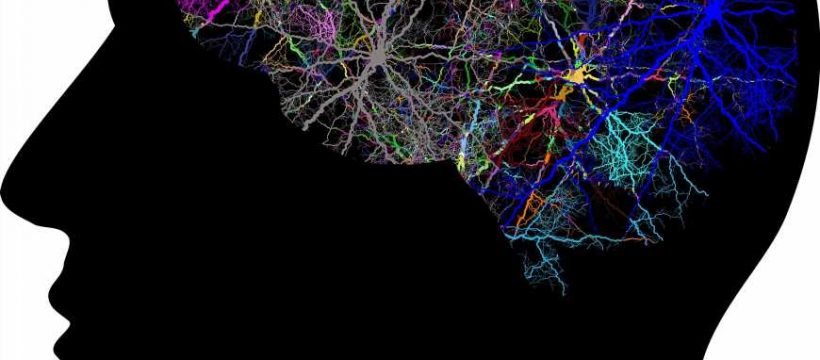
Research led by neuroscientists at The Ohio State University College of Medicine provides insights into mechanisms that underpin selective neuronal vulnerability, which could help in developing new therapeutics to prevent and treat Alzheimer’s disease and other neurodegenerative diseases.
Study findings are published online in the journal Acta Neuropathologica.
“Understanding why some neurons in particular brain regions are highly vulnerable to degeneration is of fundamental importance for neurodegenerative diseases, including Alzheimer’s disease,” said lead author Hongjun “Harry” Fu, an assistant professor in the Department of Neuroscience at Ohio State’s College of Medicine. “This study builds on our previously published research about tau pathology and grid cell dysfunction and spatial memory deficits.”
Fu’s research focuses on understanding which subtypes of neurons are vulnerable to the abnormal buildup of tau protein aggregates in the brain that occurs at early stages of Alzheimer’s disease. His research also explores the molecular and cellular mechanisms underlying the selective neuronal vulnerability.
Tau protein helps stabilize the internal skeleton of neurons in the brain. This internal skeleton has a tube-like shape through which nutrients and other essential substances travel to reach different parts of the neuron. In Alzheimer’s disease, abnormal forms of tau protein build up and cause the internal skeleton to fall apart, which is correlated well with neuronal death and memory deficits.
Wolframin is a protein that in humans is encoded by the WFS1 gene. This study found Wolframin (WFS1)-expressing excitatory neurons are more vulnerable in a portion of the brain (entorhinal cortex) that functions as a network hub for memory, navigation, and the perception of time.
This research, which used both human postmortem brain tissue and mouse models, further demonstrates that WFS1 may reduce tau pathology and neurodegeneration via the regulation of stress responses to the abnormal buildup of tau protein aggregates and the downstream protein degradation pathway, i.e. autophagy-lysosome pathway.
“We plan to further investigate the cell-type-specific role of WFS1 in Alzheimer’s disease and other neurodegenerative diseases. In addition, we’re exploring novel drug targets, such as WFS1 and/or autophagy-lysosome degradation enhancers, that aim at promoting tau degradation and protecting vulnerable neurons in those devastating diseases,” Fu said.
Fu collaborated with other researchers in Ohio State’s departments of Biological Chemistry & Pharmacology, Biomedical Informatics, Neuroscience and Neurology, along with scientists at Nationwide Children’s Hospital in Columbus; The Nathan S. Kline Institute for Psychiatric Research and Columbia University Medical Center, both in New York; Washington University School of Medicine in St. Louis; Banner Sun Health Research Institute in Sun City, Arizona; Murdoch University in Perth, Australia; and UK Dementia Research Institute in London, UK.
Source: Read Full Article
